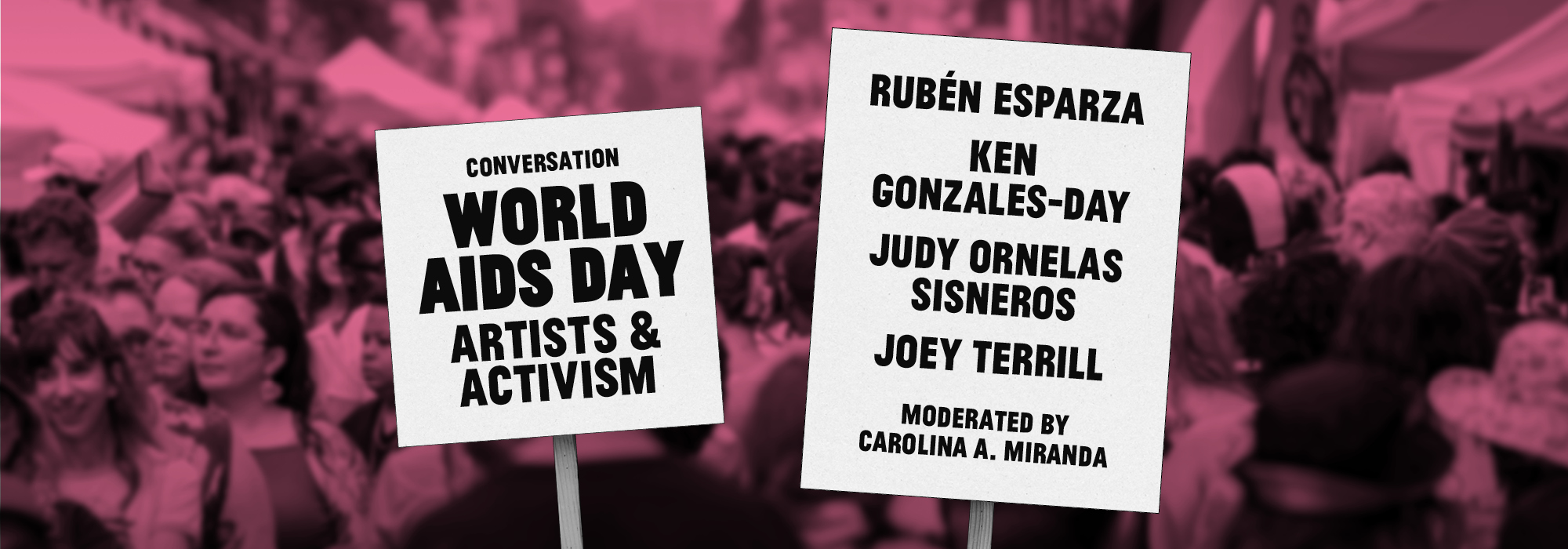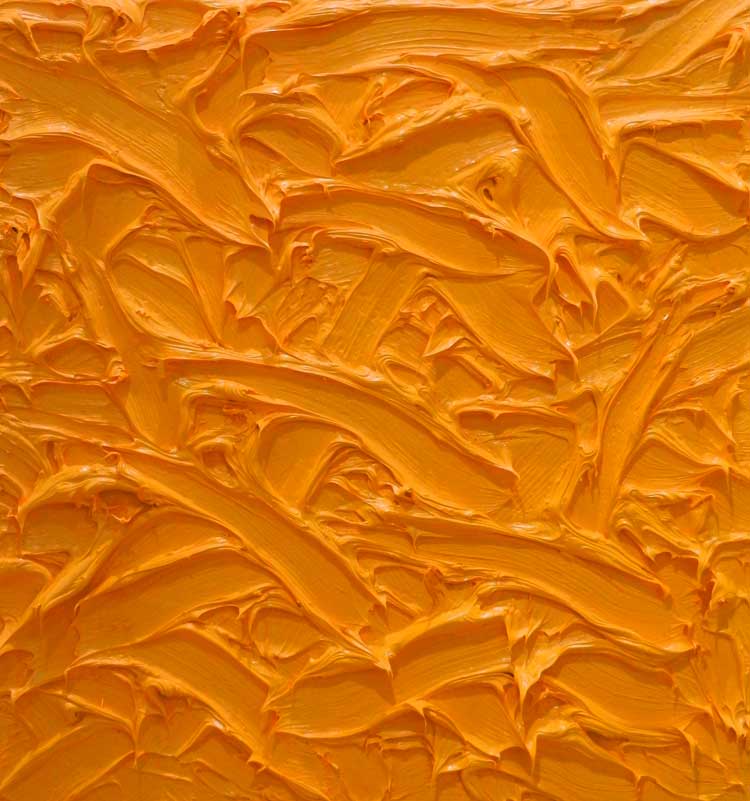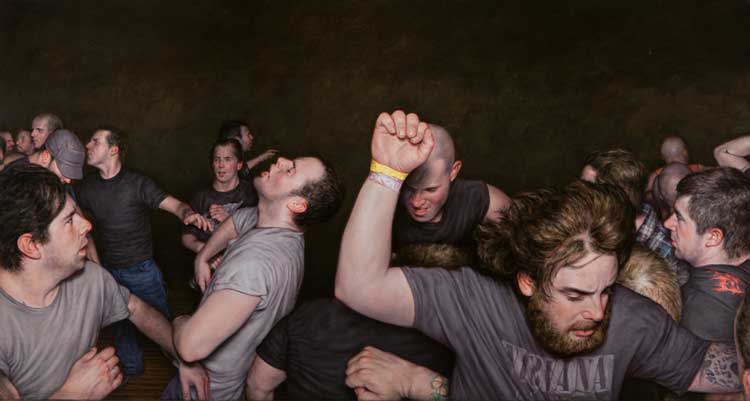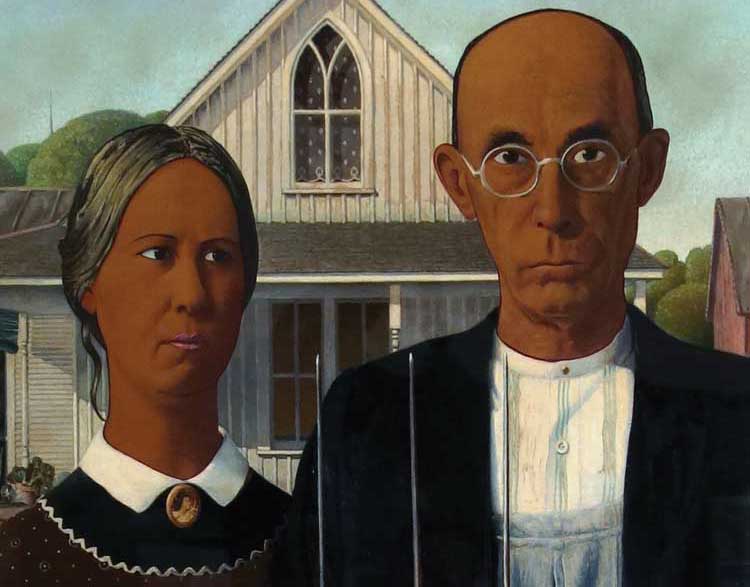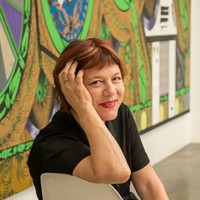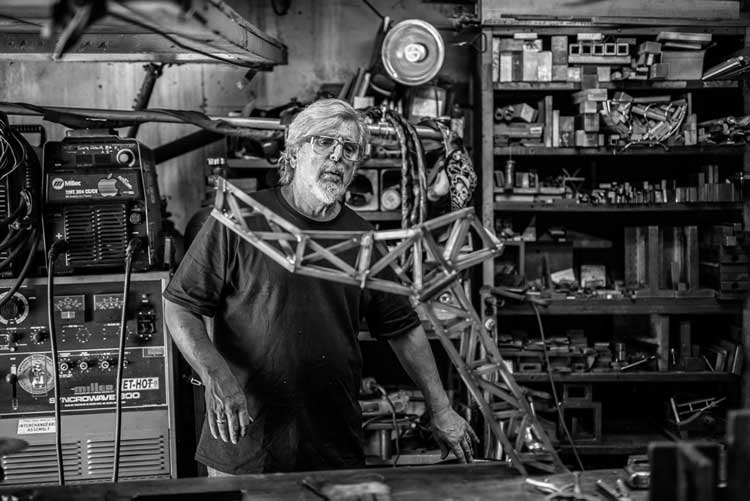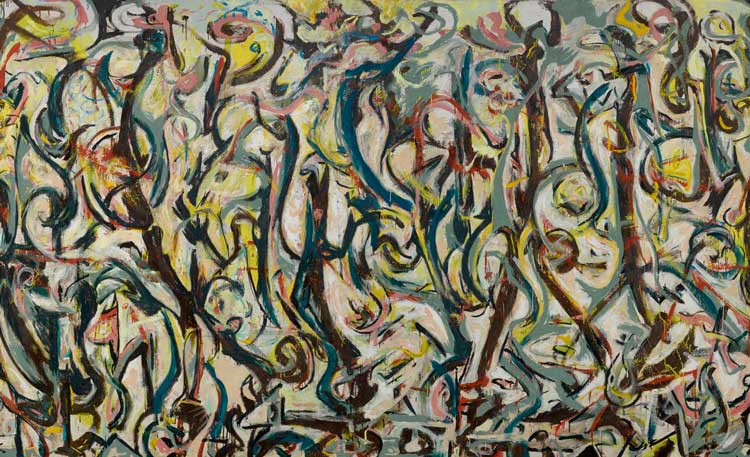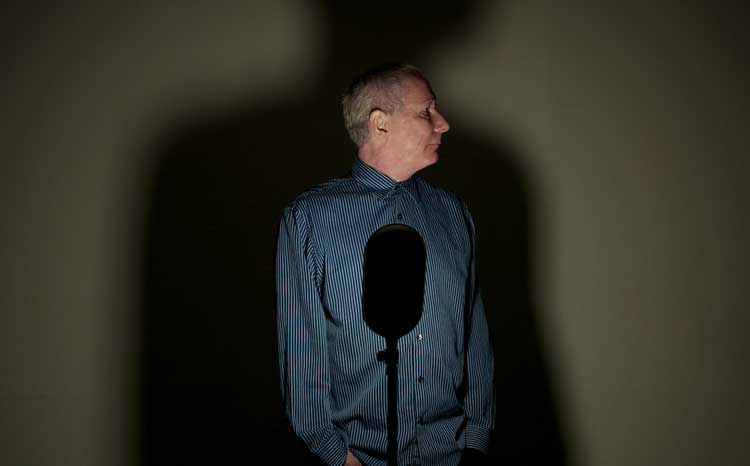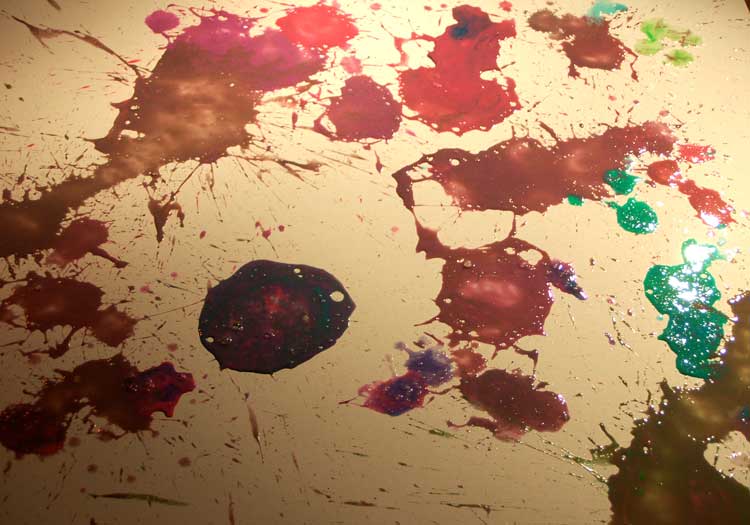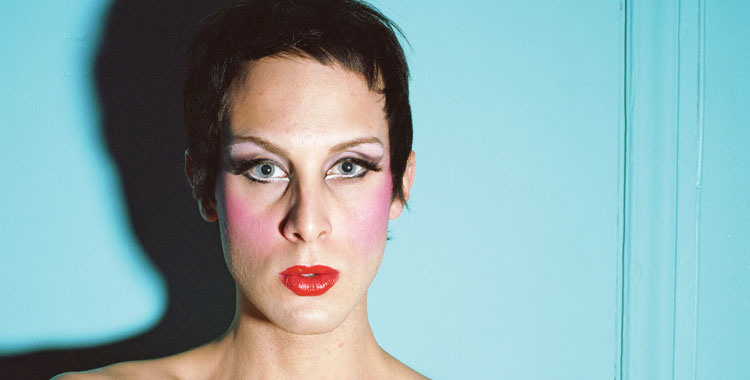Dear Readers In this issue we take a look “Inside Art”—what’s inside the art world, other than art. This is a theme that has interested us for some time now, but it really hit home after I interviewed abstract painter James Hayward for our last issue on painting. One...


